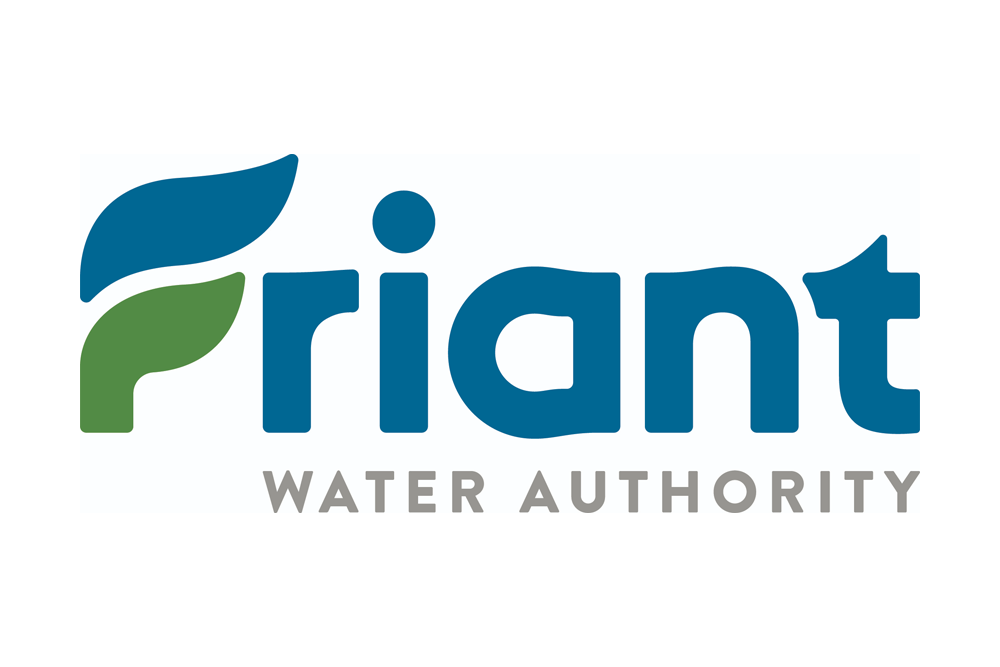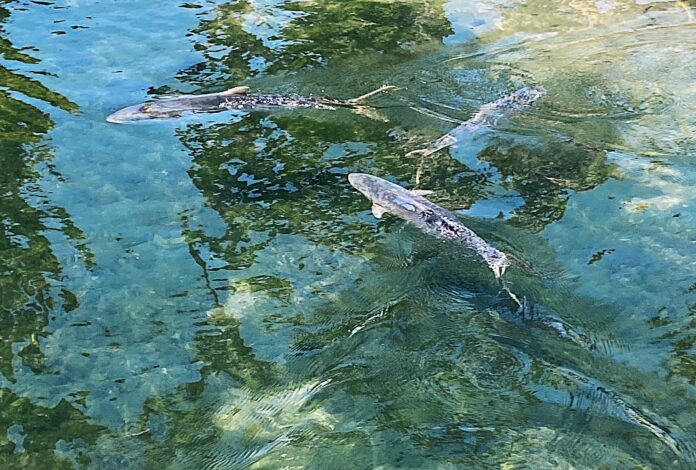The Urban Water Institute UWI held its 2025 conference in San Diego August 20th through 22nd. This should be part three of a four part report. It’s already longer than I’d planned in both length and time duration to write it. But it was not what I expected. Outside of the facilities (I’ll save that for the end) it was a very good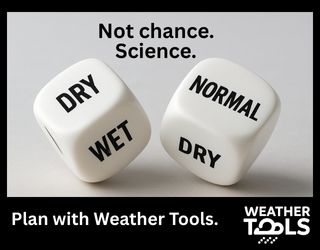 conference. How was it good? Glad you asked. The UWI folks didn’t book presentations on top of each other and there was time provided between panels to actually speak individually with either the folks on the panel or perhaps the new person you met at the table you were sitting at. So many times the information comes at you like a fire hose and you don’t have time to process and network. UWI runs things smoothly. Good for them.
conference. How was it good? Glad you asked. The UWI folks didn’t book presentations on top of each other and there was time provided between panels to actually speak individually with either the folks on the panel or perhaps the new person you met at the table you were sitting at. So many times the information comes at you like a fire hose and you don’t have time to process and network. UWI runs things smoothly. Good for them.
The following observations are from the second day of the conference. The previous report included coverage of the conference’s second day. This report will cover the last two panels of the second day.
Power to Some People or People Power, You Decide
There I was eating lunch with the fine folks from the City of Rialto, California. I was griping about Non-Governmental Organizations and Diversity-Inclusion-Equity programs and doing so for good reason.* Then God stepped in with His amazing sense of humor and had Liji Thomas sit down next to me. Ms. Thomas is Metropolitan Water District’s DEI Officer. That shut down my pontification and sadly the fine folks from Rialto will never get to hear the end of my smartest kid in the room ramblings on the subject of DIE v. DEI.
Metropolitan Water District’s DEI Officer. That shut down my pontification and sadly the fine folks from Rialto will never get to hear the end of my smartest kid in the room ramblings on the subject of DIE v. DEI.
Thomas was also the featured speaker at the next panel, “People Power to Manage Risk: Leadership Durability Key to Sustainability”. She and I had a gracious conversation (mostly because she’s pretty gracious) and found a lot to agree on. It helps we are both what I consider agreeable people and fortunately the goodwill was there. To my surprise I enjoyed and appreciated our talk. Thomas is neither a race hustler nor a parrot of the unfortunate “white man bad” fallacy being circulated.
This was billed as a panel but it was a panel of one, Thomas, being moderated by Jennifer Persike who in addition to being on the UWI board is also president of her eponymous Jennifer Persike & Company. Persike is also known to be a bit of an irrepressible fireball of energy when it comes to water.
Sustainable leadership was described as bringing consistency, continuity and trust to develop a shared culture that needs to be shaped. There must be accountability, alignment, adaptability, investment in the team’s skills. And there must be core values and innovation. Yes, the first part was a bit like the lecture on facilitation theory through the lens of ethno-ornithology as practiced in the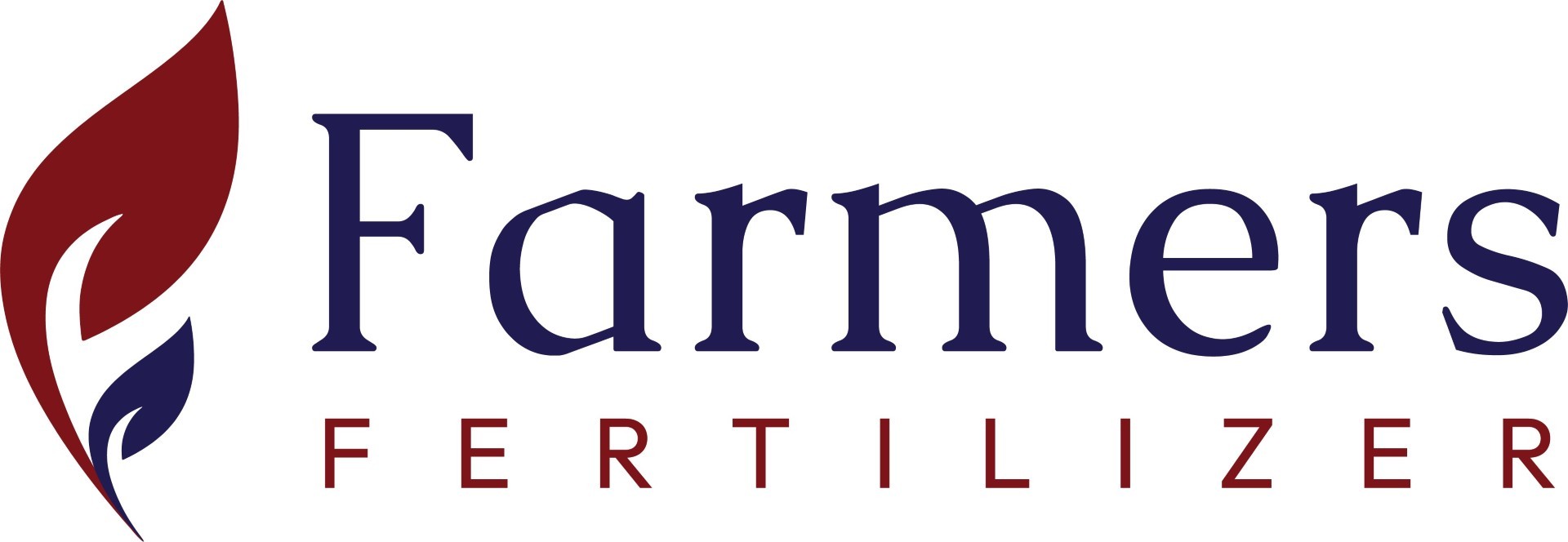 postmodern Midwestern subculture I had to sit through in college. But these ladies were smart enough to move beyond theoretical to applicative well before any danger of losing the crowd. Persike and Thomas had advice for boards:
postmodern Midwestern subculture I had to sit through in college. But these ladies were smart enough to move beyond theoretical to applicative well before any danger of losing the crowd. Persike and Thomas had advice for boards:
- A board should have a strategic plan so they can track progress.
- Do not ignore the power of committees and workshops.
- Keep the communication open.
- And, have a clear plan and understanding to promote succession of staff.
The advice included putting together a strong leadership team to develop mid-level managers and be sure cross training is included in this. They also advocated developing collaborative relationships with businesses.
Thomas said Met WD supplies water to a $1 trillion economic engine in Southern California. It serves 19 million users over 5,200 square miles. The Met board has 38 members. That’s a lot of opinions to consider right there. As she said, “Everybody has a story.”
Met, said Thomas, considers long-term employment as part of its workforce development and reaches out to the K-12 student population. Since that demographic is “digitally native” they have developed an app to help with the outreach.
Thomas warned not to let complexity become the enemy and quoted Peter Drucker, “Culture eats strategy for breakfast.”
Speaking of Stories
The last panel of the second day was, “Successful Risk-Based Communications – How to Tell the Story Without Freaking People Out,” what a great name for the panel. The moderator was Darcy Burke, not to be confused with the romance novelist of the same name. Burke is the Planning Chair for the UWI Board and a director at the Elsinore Valley Municipal Water District as well as the President and Chief Executive Officer of Watermark Associates, a comprehensive business consulting firm. Watermark has helped districts in the San Joaquin Valley with passing 218 Elections.
consulting firm. Watermark has helped districts in the San Joaquin Valley with passing 218 Elections.
The panel consisted of Teresa Penunuri – Communications Officer, Santa Fe Irrigation District, Amanda Fine – Manager Public Affairs, Eastern Municipal Water District and Brad Sherwood – Assistant General Manager, Sonoma Water District.
Burke began, “It’s only a risk if it happens to you. Otherwise, it’s entertainment.” A pretty solid introductory statement. Remember Los Angeles County was at one time the leading agricultural county in California. Changing from rural ag based water services to urban has its own set of challenges. While that conversion in Southern California has mostly taken place, in some areas more than a century ago, there are still some parallels between what city districts and rural districts deal with.
Penunuri said within Santa Fe ID there was a disconnection between the district and its clients. The area, if I understood correctly, is a mixture of dense housing and what we’d call ranchettes. Smaller parcels, five acres or less and often with horses. She said there was always the threat of, or actual initiation of lawsuits. Home Owners Associations ran a lot of the culture.
As the communications officer Penunuri had to find a way to bring these diverse groups together. The local geography is hilly; homes are spaced far apart. Since going door to door was terribly inefficient she started with speaking at Rotary and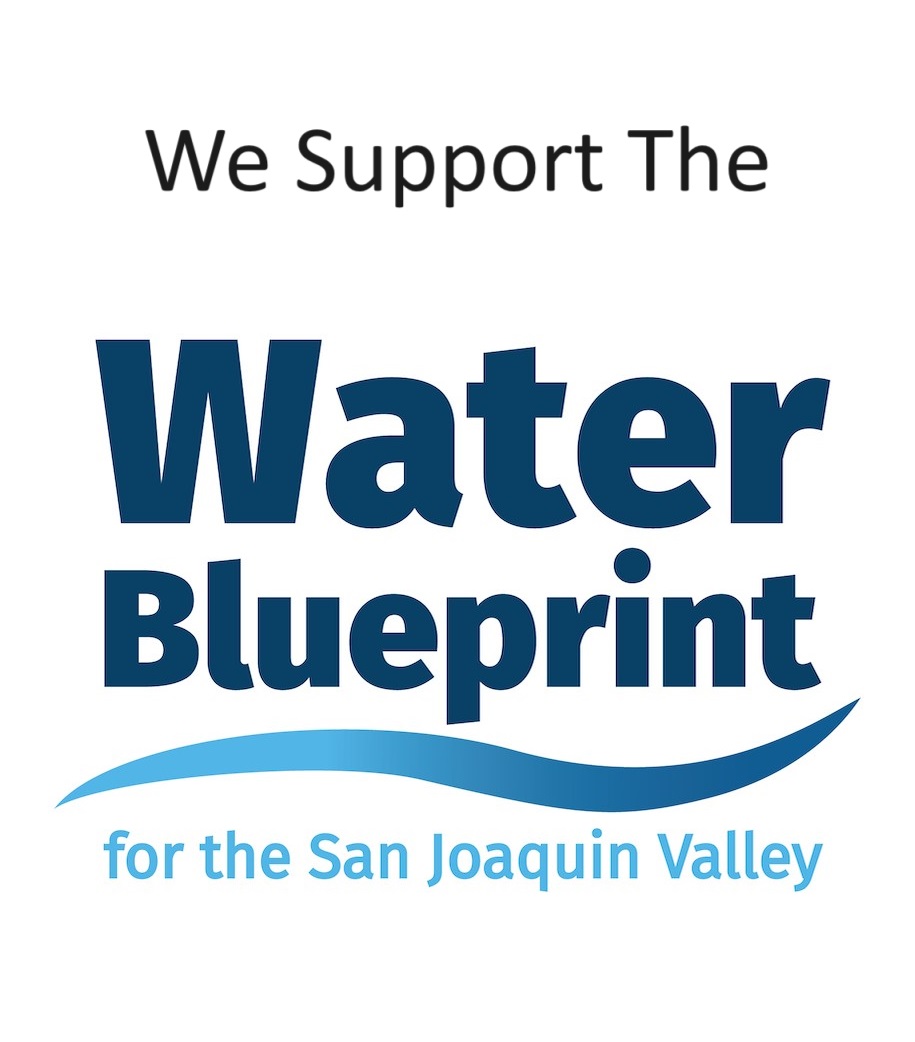 other service organization meetings as the place to tell the SFID story. She hosted tours of the SFID facilities and explained how it fit in with the community. Sure enough, the HOAs have dropped the litigation.
other service organization meetings as the place to tell the SFID story. She hosted tours of the SFID facilities and explained how it fit in with the community. Sure enough, the HOAs have dropped the litigation.
Sherwood comes from the Bay Area. He said he lost his home, one of many, to fires. Previous to the widespread destruction many of the homes had septic tanks. The Sonoma County Board of Supervisors wanted the rebuilt areas to switch from septic tanks to a sewer system. Some property owners endorsed this but a substantial number did not. Eventually the opposition was overcome with a campaign featuring signs that stated, “Yes, sewers are sexy.” That’s what I remember because that’s what I wrote in my notes. Mr. Sherwood, if I got it wrong please let me know.
remember because that’s what I wrote in my notes. Mr. Sherwood, if I got it wrong please let me know.
Fine observed that social media has changed communication. She advocated for preventative communications. Get the message out before there is a crisis. She said this is a big part of risk communications – establish your expertise ahead of time – and it will pay dividends.
All of the panelists agreed that outreach is a one-way communication while engagement is a two-way dialog. And internal communication with employees allows a district’s workforce to be ambassadors to the clients. It is important to keep employees informed because they are the face of the district, interacting with the public.
Burke asked the panelists how a board should adjust its communications during a crisis. Sherwood said to challenge staff for solutions and provide them the flexibility to implement what needs to be done. Fine said something I really liked – keep the messages simple and cut out the initials and jargon. (During the presentation the speakers kept referring to CCR. I had to ask during questions and answers, Q&A, what Credence Clearwater Revival had to do with anything. Turns out urban water providers have to write up Consumer Confidence Reports.) And it ended with Penunuri saying to be willing to take a risk when doing risk communications.
This is almost the end of part three of the Urban Water Institute conference coverage. The next report will be the last, I’m sure all of us are happy about that. It’s going to be great, at least the story we were presented was. It will be about how two of the largest urban water agencies in the state if not the nation were able to turn around more than a decade of fighting, competition and legal battles.
Almost Done
Since I want this series to end completely on a positive I’ll get this out of the way now. I didn’t drive to San Diego. I took a train and an Uber from the station to Gilligan’s Isle, excuse me, I checked the map. It was Vacation Isle. I was told it was made from Army Corps of Engineers dredging material spread over about 60-acres. That was gob smacking in itself. Try and do that today.
But the problem was I didn’t have a car, I knew very few people although I met many wonderful folks who I have no doubt would have happily given me a lift had an emergency arose. I was pretty much stranded. There were only two restaurants on the island and one was only open for dinner which was constantly booked with private parties – some of which I invited myself to.
The other restaurant was more accessible but it served what I call froo froo food, “Please hold the essence of unicorn farts and no kale on my bacon cheeseburger,” type of fare.
I didn’t starve, but as I looked over the water at San Diego’s skyline I really wanted to find a taco shack. I think things would have been muchmore interesting had the location been in San Diego proper. Perhaps in a hotel that wasn’t spread over 40-acres of bungalows with rooms that had mold in the showers. Oh well. On a fun note; the restaurant that was open was right on the water I saw what I believed where a school of sharks swimming around. If they weren’t sharks, I don’t want to know. I like my story to include sharks.
DISCLAIMER OF RESPONSIBILITY; Waterwrights.net strives to provide its clients with the most complete, up-to-date, and accurate information available. Nevertheless, Waterwrights.net does not serve as a guarantor of the accuracy or completeness of the information provided, and specifically disclaims any and all responsibility for information that is not accurate, up-to-date, or complete. Waterwrights.net’s clients therefore rely on the accuracy, completeness and timeliness of information from Waterwrights.net entirely at their own risk. The opinions expressed in this report are those of the author and do not represent any advertisers or third parties.
Waterwrights.net’s clients therefore rely on the accuracy, completeness and timeliness of information from Waterwrights.net entirely at their own risk. The opinions expressed in this report are those of the author and do not represent any advertisers or third parties.
ALL RIGHTS RESERVED. Copyright 2025 by WaterWrights.net
*I know it’s DEI but I believe DIE is more accurate.




